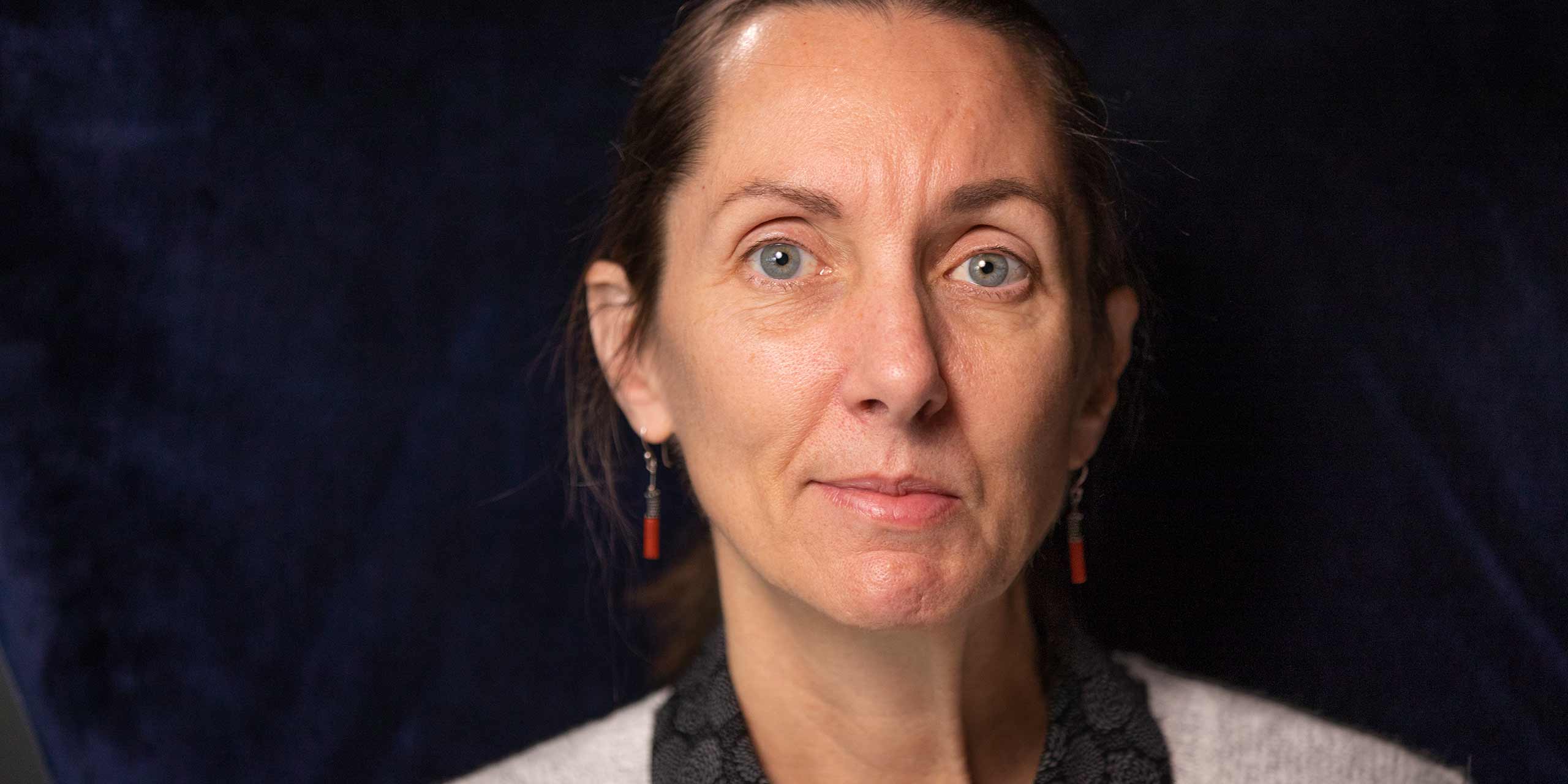As an associate professor at Washington State University’s College of Veterinary Medicine, Leslie Sprunger teaches small-animal anatomy to first-year students, guiding students (and sometimes herding them) through large volumes of foundational knowledge every week. But as the college’s associate dean, she’s also keenly aware of the fact that she’s not merely trying to graduate experts; she’s trying to turn them into clinicians.
“We teach a lot of content in a professional program like veterinary medicine, a lot of information that students have to acquire in a relatively short period of time—but they also have to develop a sense of themselves as professionals,” Sprunger explains. “There are skills and sets of values and attitudes that they need to develop in a more explicit way as they go through the program.”
In other words: even in a textbook-driven, content-heavy, summative-assessment-laden foundational course such as anatomy, mastery of the material can’t be measured solely by exam scores. “Things like skills development, or what it means to be a professional, that’s not something that you can just sort of give an assignment for, and assign some points and check it off. It’s a process.”
Among her peers at the veterinary college, Sprunger has staked out a role for herself as an early adopter of technology as well as someone with a keen interest in the scholarship of teaching and learning. And those twin interests have combined to make her into lifelong student of formative assessment.
Watch the full Innovative Profs series on YouTube (and don’t forget to subscribe)
Formative assessment and peer feedback
Sprunger’s years of research and experimentation on student assessment have given her a nuanced view of the topic. She has long since moved beyond the narrow presumption that formative and summative assessment are merely different ways of asking the same questions, the former being for practice sessions and the latter for grading.
“It’s true that many people think of formative assessment as non-graded exercises that might just be about course content, practice quizzes or simple questions,” she says. “Those kinds of questions certainly are a type of formative assessment. But I think that there’s lots of broader opportunities for ways to approach it that can give students the information on how to do better at whatever they’re doing. My personal definition of formative assessment is that it is essentially feedback.” And she’s learned that the feedback students get from their peers, and even from themselves, is no less valuable than feedback they get from instructors.
For her introductory course in veterinary anatomy, Sprunger has built an extraordinary formative assessment system, simple in appearance yet sophisticated in methods and impact, to help her students learn a very specific skill: clinical communications.
The process Sprunger developed to teach it is a remarkable combination of planning, scheduling and data crunching. Her first-year veterinary anatomy students attend lab sessions four days per week, working in groups of three. Because the class as a whole is too large for a single lab, students are assigned to one of two consecutively-scheduled lab sessions, which always cover the same material each day.
“We have one person from each early group of three stay for about 10 minutes extra,” explains Sprunger. “They match up with one of the groups coming in for the second section. That one person gives a 10-minute orientation to the material for that day.” Sprunger points out that the presentation is not formal or rehearsed, with no time to make PowerPoint slides. “It’s very much a low-key, give them an overview of what you spent the last two-and-a-half hours working on.”
At the end of the 10-minute presentation, the presenter and his or her three audience members then evaluate the presentation using a standard rubric, which they complete on their tablets or smartphones using Top Hat. Sprunger retrieves the data, reformats it, and then sends out the results. “The same day that students gave one of these informal presentations, they’ll get an email that has their own self-assessment data in it and, adjacent to that, the anonymized peer assessment data from their three-person audience.”
Skills development is not something that you can just give an assignment for, assign some points and check off. It’s a process.
Measurable improvement
The system generates reams of data over the course of a semester, but Sprunger says it also produces results. “The students actually get better over the course of the semester in doing these brief professional communications exercises,” she explains. “And I know that because I can look at all the data that we collect. I have both the self-assessment data and importantly, the peer assessment data. I can see that the average scores for each of the items on the rubric improve over the course of the semester for both.”
There’s research to back up Sprunger’s experience—and to suggest that feedback exercises are as good for the givers as they are for the receiver. A 2014 study published in the journal Assessment & Evaluation in Higher Education found that peer review activates cognitive processes in students and “engages students in multiple acts of evaluative judgment, both about the work of peers, and, through a reflective process, about their own work.” The study’s authors argue that “the capacity to produce quality feedback is a fundamental graduate skill.”
And beyond the data, there’s what Sprunger sees in her students. Traditionally in medical professions, she says, “the tendency has been, ‘I know all the stuff, you don’t know any of the stuff, I’m just going to tell you what I know and you just have to figure it out,’” she explains.
That’s not at all what this process teaches them. “You have to communicate differently depending on who you’re communicating with, what their specific needs are, and what the circumstances are. The formative assessment is about not just saying you get a B for that or you get an A for that without giving them specific information about why,” she says.
“Being a clinician is not about looking sort of official and important and knowing more than others do. In fact, it’s just the opposite. It’s learning to speak in a way that allows you to communicate the knowledge you have about the situation, but in a way that the person that you’re speaking to feels respected and connected to you and understands.”


